As we age, staying physically active becomes even more important. Apart from being beneficial for our physical health, exercise is also helpful for mental health and overall well-being. In this article, we’ll discuss the benefits of exercise for seniors, the types of exercises that are vital for health and longevity, and some tips for making the best use of your exercise routine for optimal health.
The Benefits of Exercise for Seniors
Exercising daily can help older adults maintain their endurance, strength, flexibility, and balance. In addition to this, exercise is also proven to lower the risk of chronic diseases like heart disease, diabetes, and arthritis.
Another major advantage is that regular exercise can improve our mental health. In fact, exercising regularly plays an important role in improving your mood, maintaining cognitive function, and boosting your overall sense of wellbeing.
It’s important to explore the different types of exercises and figure out what works best for you. But there are a few types that should be key components in a senior’s fitness routine.
Endurance Exercises
Also known as aerobic exercise, endurance exercises are activities that increase your heart rate for an extended period. Examples of endurance exercises include walking, swimming, biking, and even dancing. Such activities are important not only for maintaining cardiovascular health, but they also play a significant role in boosting mood and enhancing cognitive function.
Aim to get at least 150 minutes of moderate-intensity aerobic exercise per week. Some popular choices for endurance training are brisk walking or jogging, cycling, and swimming. If you’re able to dial up the intensity a bit, you can spend around 75 minutes doing high intensity activities like running, fast-paced cycling, or exercise classes. If you are just starting, it’s especially important to start slowly and gradually increase the duration and intensity of your exercise.
One of the best things about endurance exercises is that they are easily accessible and can be done almost anywhere. For example, walking is a low-impact exercise that can be done outdoors or on a treadmill. If you enjoy spending time in the pool, swimming or water aerobics is an excellent way to get your heart rate up without putting excess stress on your joints. This is particularly helpful for older adults with a history of arthritis.
Strengthening Exercises
This includes any activity that involves using resistance to build muscle strength and endurance. Some common examples of strengthening exercises include lifting weights, using resistance bands, and bodyweight exercises such as push-ups and squats. Strengthening exercises are essential for maintaining muscle mass and bone density, which can decrease with age and a sedentary lifestyle.
As a general rule, aim to do strengthening exercises at least two days per week. To get best results, make sure to work all major muscle groups. You can do this by either focusing on all major muscle groups in a single workout, or by splitting your muscle groups up into different workout days. For all exercises, start with a weight or resistance that you can comfortably lift for at least ten repetitions and then increase the resistance as you get stronger.
Resistance bands are a popular tool for strengthening exercises and can be purchased in various resistance levels. They are lightweight and easy to store, making them ideal for at-home workouts. Bodyweight exercises like squats and lunges are also great for strengthening leg muscles, which can lead to improvements in balance and reduce the risk of falls. If you like going to the gym, you can use equipment such as machines, dumbbells, and cables to do your strength training.
Balance Exercises
Activities that improve your ability to maintain balance and stability can be included in this category. Some examples of balance exercise include standing on one leg, tandem walking, and activities like tai chi. They are essential for preventing falls, which is a major concern for seniors.
A good rule of thumb is to do balance exercises at least two days per week. You can perform these types of exercises separately, or along with your other workouts. It is recommended to start with simple exercises and gradually increase the difficulty as you improve. Some examples of making balance exercises more challenging include closing your eyes, adding extra motion, or standing on an unstable surface such as a foam pad. If you need some assistance, make sure to work next to a wall, counter, or chair.
Another popular balance exercise option for older adults is Tai chi, a low-impact exercise that combines gentle movements with breathing techniques to improve your balance and coordination. Many community centers and senior centers offer tai chi classes, which can be a great way to meet new people while staying active. Some other exercise options include yoga and dancing.
The Role of Nutrition
While exercise is essential for improving health and well-being, it is equally important to eat a healthy diet. As we age, our nutritional needs change, and it becomes critical to eat a balanced diet that contains the necessary nutrients for health and longevity.
For best results, along with exercising, try to eat a variety of fruits, vegetables, whole grains, lean protein, and healthy fats. It’s also important to drink plenty of water and limit other types of liquid like sugary drinks or alcohol. Whenever possible, do your best to avoid processed foods and focus on cooking your own meals if you can.
Many older adults have health conditions wherein they have to drastically change the foods they can eat. These conditions can also affect the reaction of certain foods in the body. For this reason, it can be helpful to talk to a doctor or registered dietitian to create a personalized nutrition plan that fits your needs and specific health history.
Conclusion
Regular exercise is vital for seniors to maintain their health, well-being, and independence. Regardless of the exercise you choose to focus on, first see how well you can adapt to moderate-intensity aerobic activities, an assortment of strengthening exercises, and challenging balance exercises on a regular basis. Additionally, it is essential to eat healthy to support your exercise routine. Remember to start new exercise habits slowly, pay attention to intensity to meet your specific needs, and talk to your doctor before starting any new exercise program.

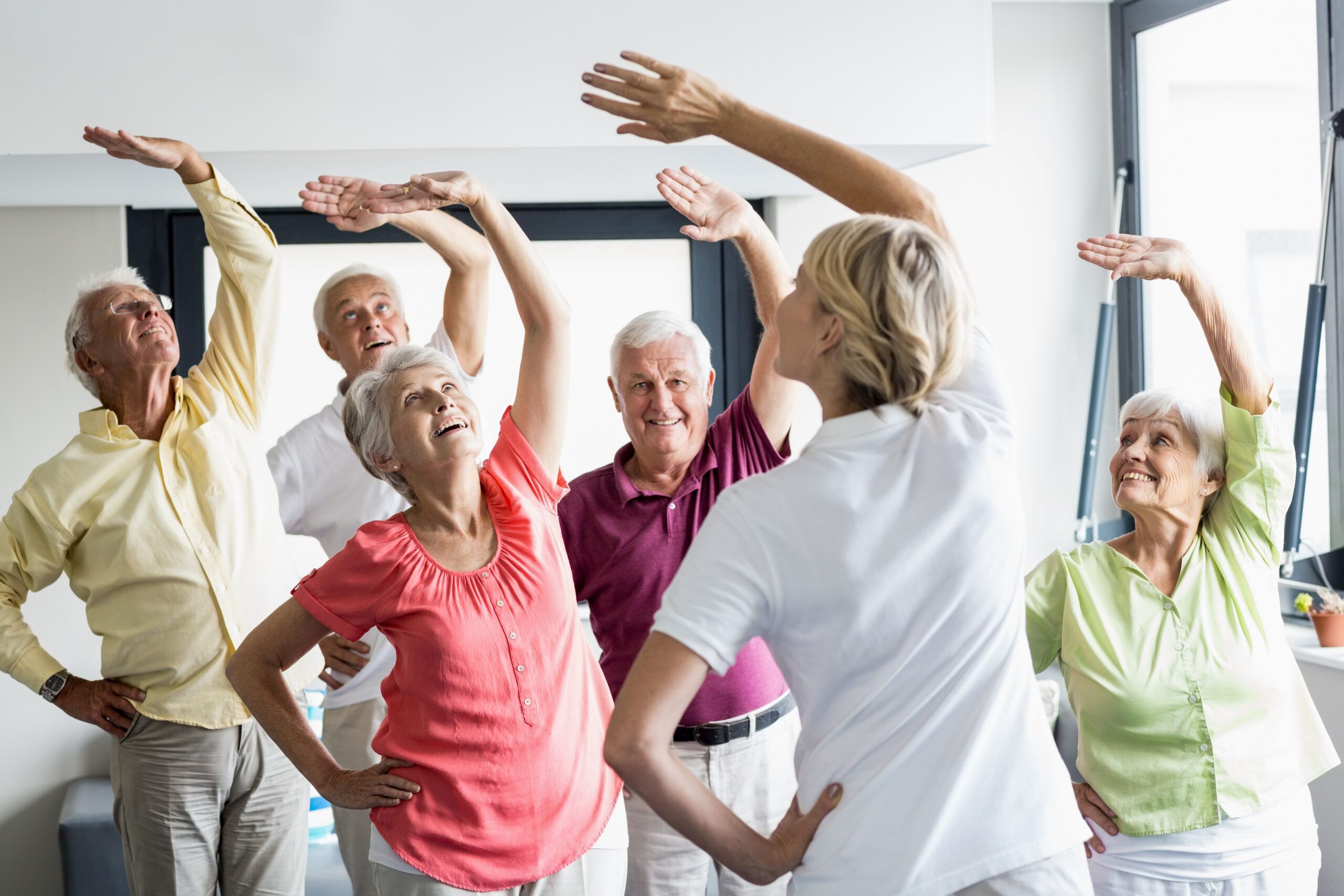
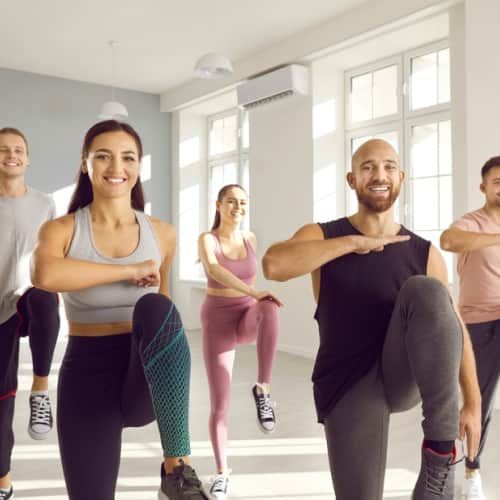
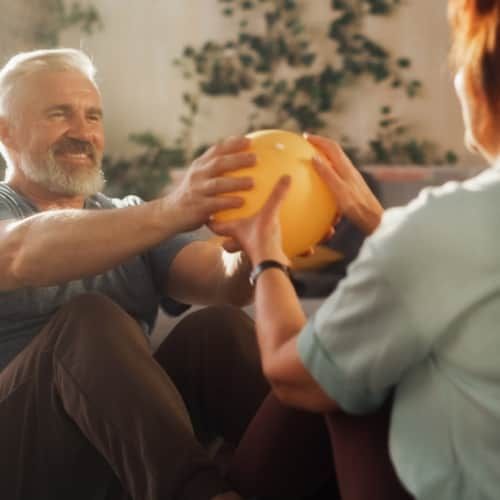
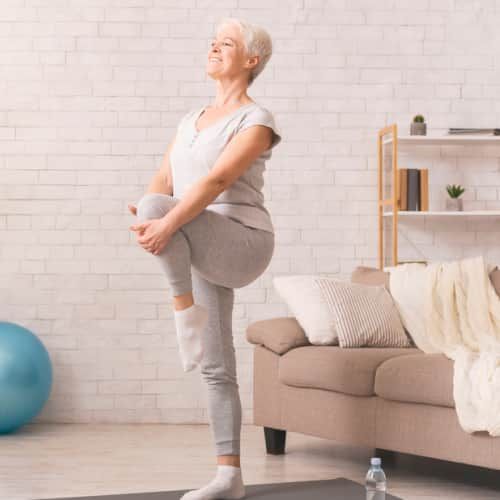





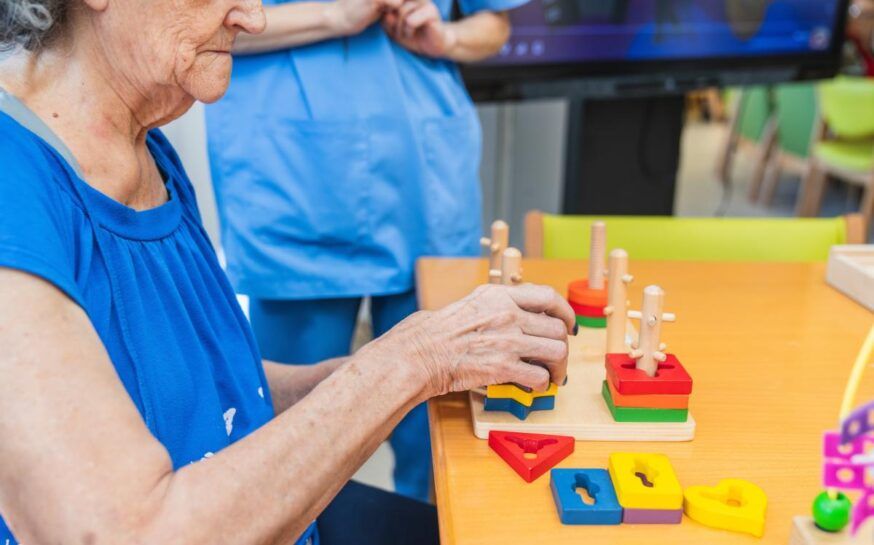



There are no comments yet